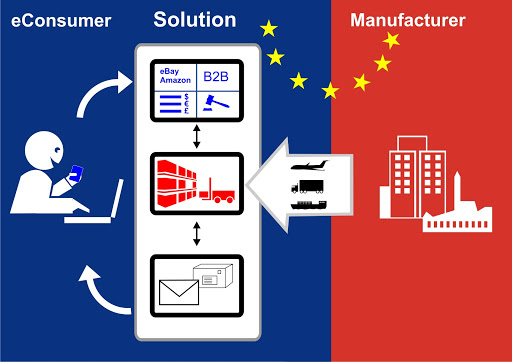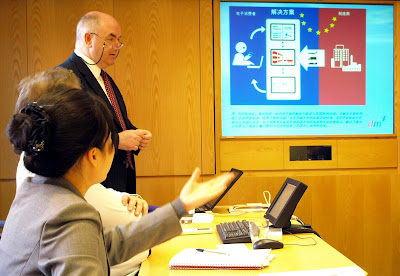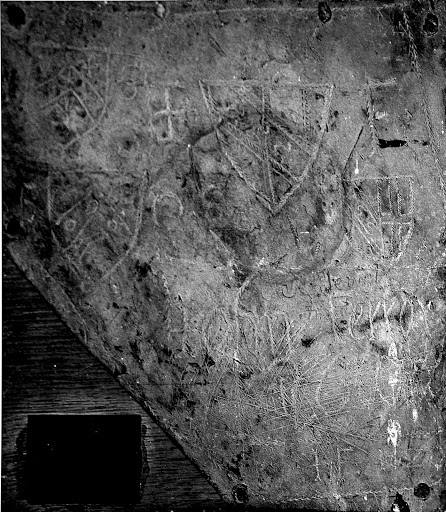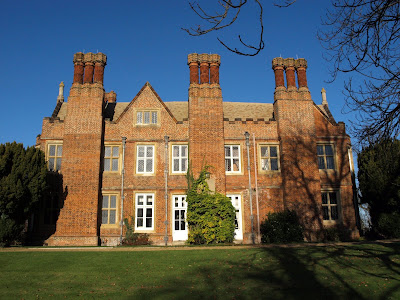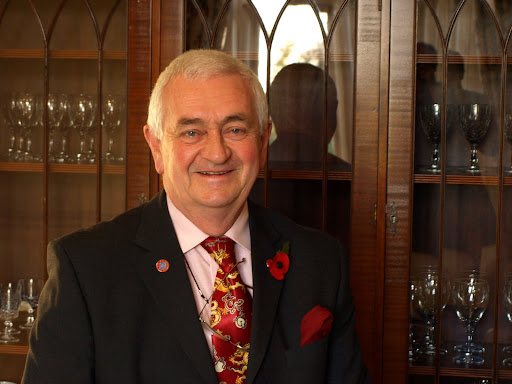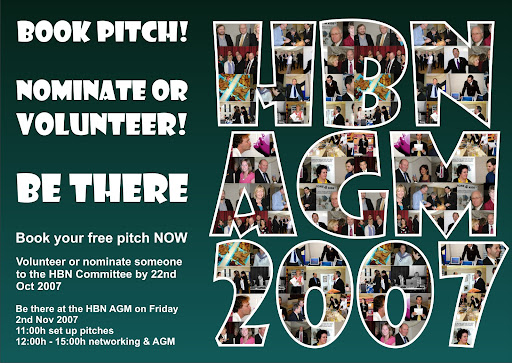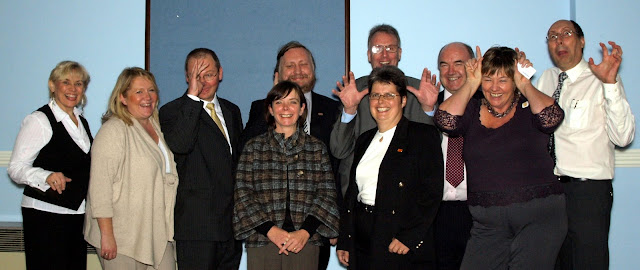As curious as no doubt you are about the current Foot and Mouth epidemic, I spent an hour searching for information on the subject on the web (information research and summary is one of my activities) and thought, why not share the info!
Foot and mouth disease is a highly infectious virus borne disease of cloven hoofed animals including cows, goats, sheep, pigs and deer. A good summary of its properties, spread and impact can be found at
http://www.vet.uga.edu/VPP/gray_book02/fad/fmd.php and also at the DEFRA site -
http://www.defra.gov.uk/animalh/diseases/notifiable/fmd/index.htm
The Guardian has a nice computerised
image of the virus and pictures of symptoms can be found on this
google image search
Current information on the UK outbreak provided by DEFRA can be found at
http://www.defra.gov.uk/news/latest/2007/animal-0803.htm#0408
The Pirbright site (
http://www.iah.bbsrc.ac.uk/info/labs.HTM#pirbright )of the Institute for Animal Health (
http://www.iah.bbsrc.ac.uk/ ) is being checked in relation to the outbreak because the strain of foot and mouth virus found in the infected cattle is very similar to the one used for generating vaccines, 01 BFS67, which originally came from the 1967 outbreak in the UK.
A private company, Merial (
http://www.merial.com/ ) active in animal health also has a presence on the site and was producing the same kind of virus strain a few weeks before the outbreak.
Foot and mouth virus has to be worked on under high containment – for animals it is a category 4 animal pathogen. Work on such viruses is most likely to be conducted in a category 4 laboratory for animal pathogens (
http://www.defra.gov.uk/animalh/diseases/pathogens/category4.htm ) which has stringent controls. these include working under negative pressure, extensive filtration of air leaving the laboratory and full treatment of waste before it even leaves a lab.
Sources quoted here indicate that most infection is by close proximity to existing infected animals, however, Foot and mouth disease virus can be spread through the air but this requires a high count of virus particles to cause infection - this has been the focus of scientific research. One accessible paper on the internet is by A.I. Donaldson & S. Alexandersen (2002
http://bvs.panaftosa.org.br/textoc/DonaldsonPredicting2002.pdf ).
They quote that 100 infected cattle could produce a plume of virus which would infect other cattle at up to 1km overland. Where large numbers of animals are producing airborne virus such as in the middle of large epidemic as in the 1967 outbreak, the distances can be from 6 to 90km.
By the end of today (06/08/07) waterborne virus transmission was also being considered due to flooding in the area of the infected farm. As all effluent from Category 4 laboratories has to be treated before release, the theory requires a significant breakdown in biosecurity caused by flooding.
The third route of virus escape and transmission would be by human error - inadequate cleaning, clothes changing etc of an individual working at either of the establishments and that individual somehow coming into contact with the cattle several miles away.
Note that the existing control measures being implemented aim to catch the disease very early before spread by proximity occurs or sufficient sick animals develop symptoms and shed quantities of virus that could spread and be infectious by air (
http://www.defra.gov.uk/animalh/diseases/fmd/about/qanda.htm#16 ). Culling and incineration destroy source and virus effectively.
What about vaccination? It is an option being considered. Note that apparently vaccination is effective for only a few months and that vaccinated animals that are not completely protected could still be a source of the virus without showing symptoms (see vaccination section at
http://www.vet.uga.edu/VPP/gray_book02/fad/fmd.php )
This information has been derived from publicly accessible material as a short exercise to demonstrate my capabilities and is for information only. If you need to check the accuracy of the information – please contact the sources – Defra is a good place to start.
With such a serious issue of national significance please understand that I cannot take responsibility for actions based on the information that I have given here, again - go to the relevant authority in your country for best guidance and practice.
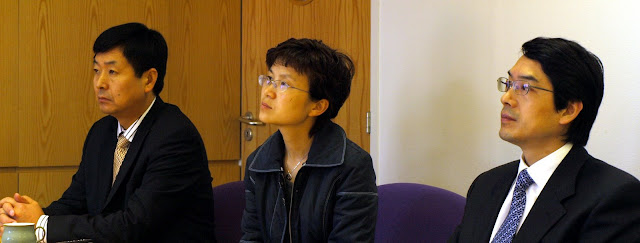 More photos on Milton Contact's Picasa Album site
More photos on Milton Contact's Picasa Album site